Autism facial eyes ears nose mouth

28 Mar The study found children with autism had wider eyes, and a "broader upper face," compared with typically developing children. According to the study, children with autism also had a shorter middle region of the face - including the nose and cheeks - as well as a wider mouth and philtrum, the divot above.
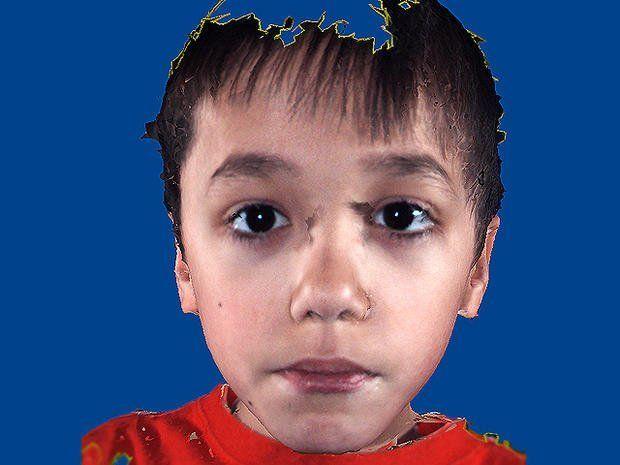
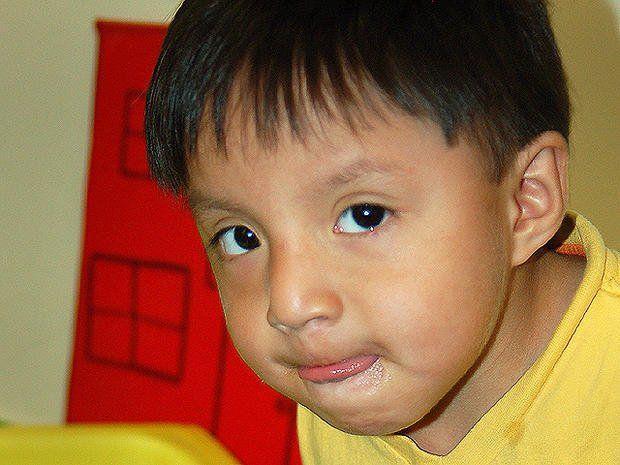


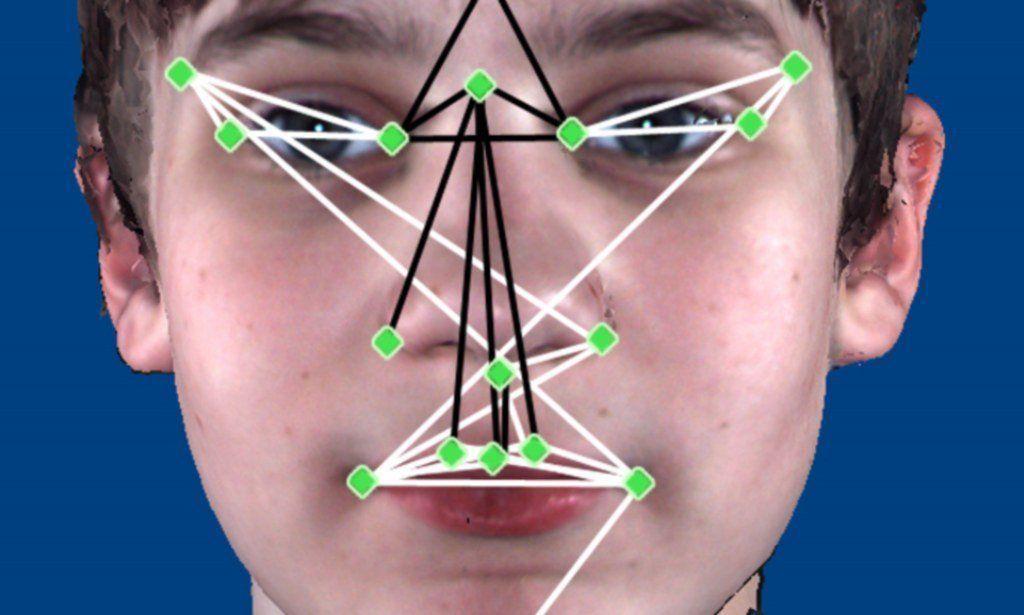
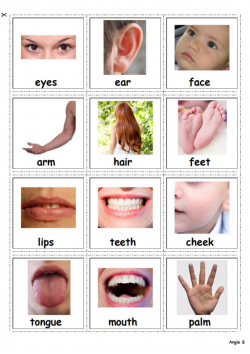
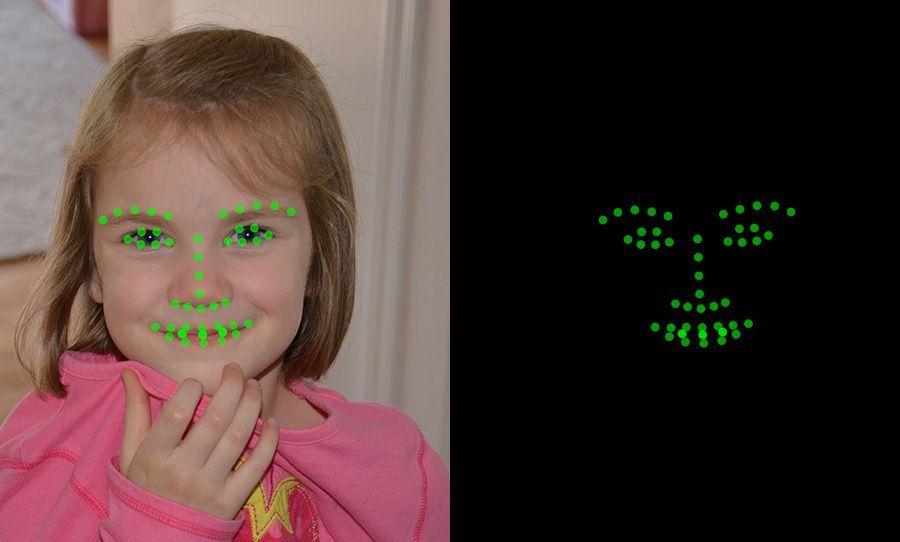


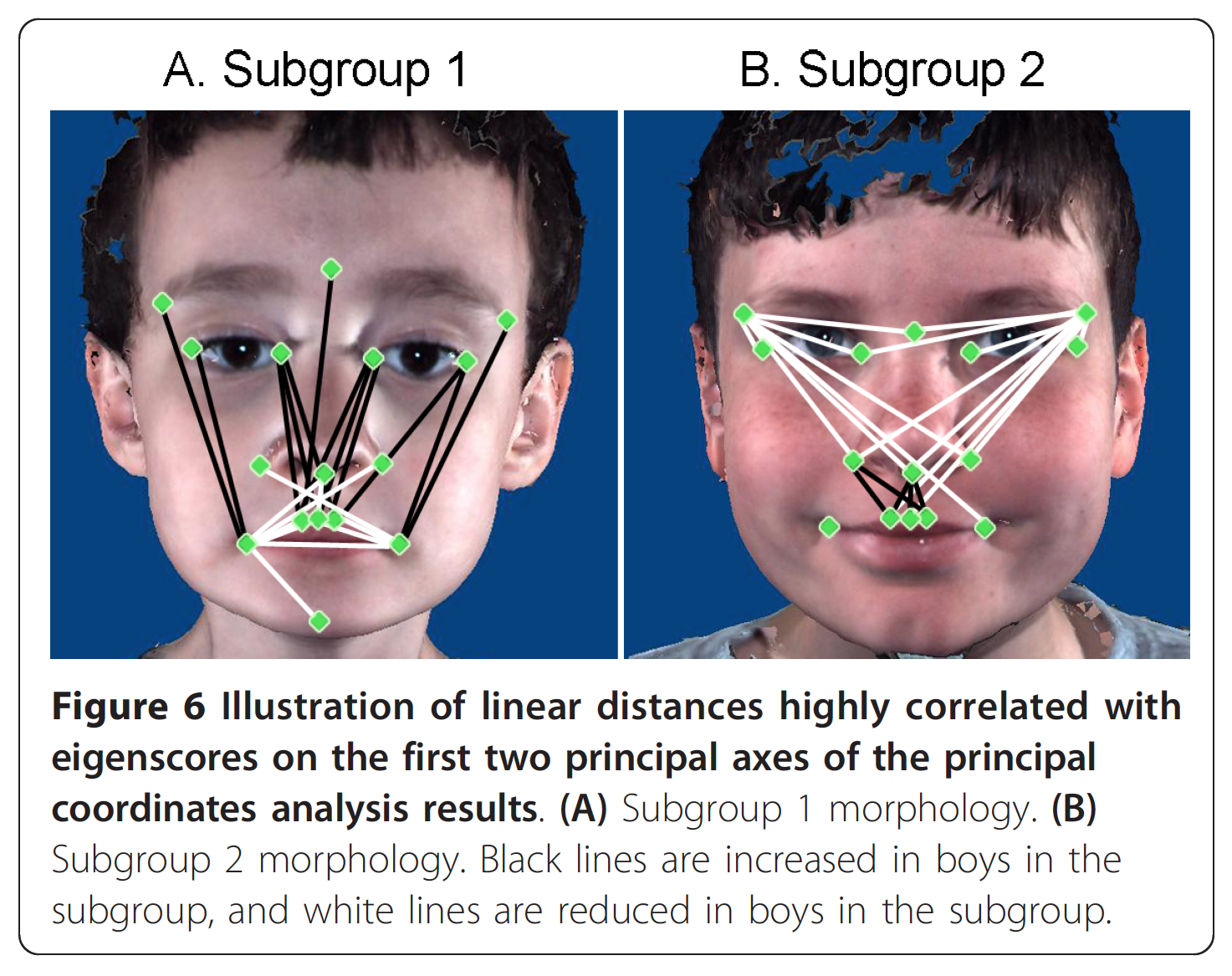

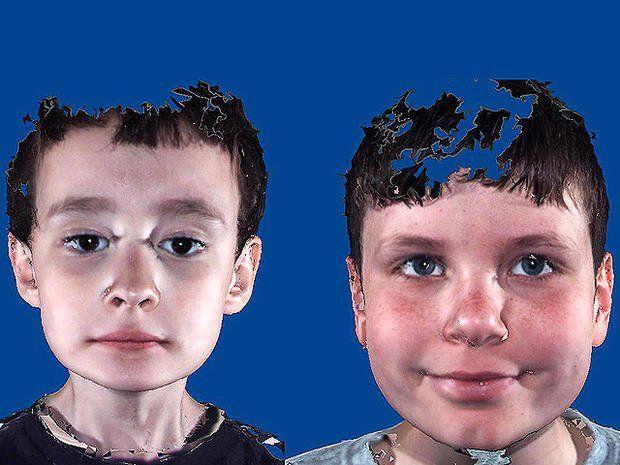
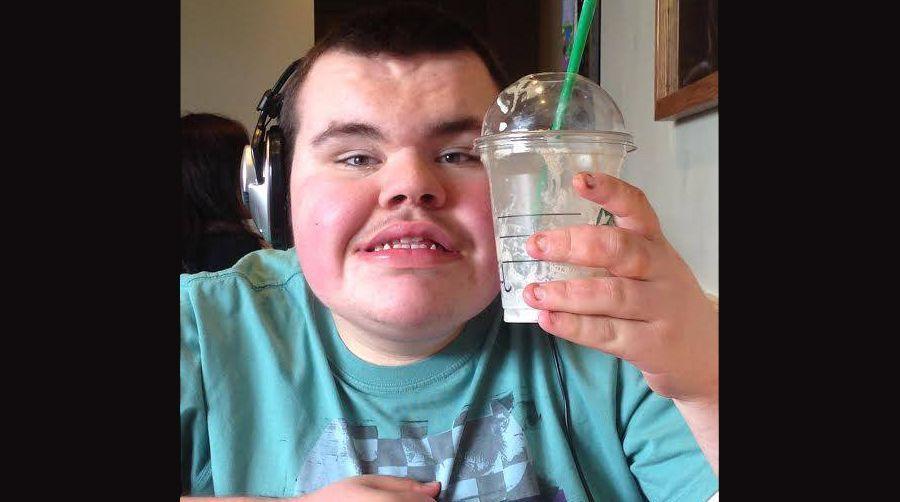
How do children with autism differ from those without the disorder? Social behaviors, mostly - things like avoiding eye contact or ignoring tone of voice. But recent research has shed light on a more subtle difference - facial features. Scientists at the University of Missouri found that children with autism share certain facial.
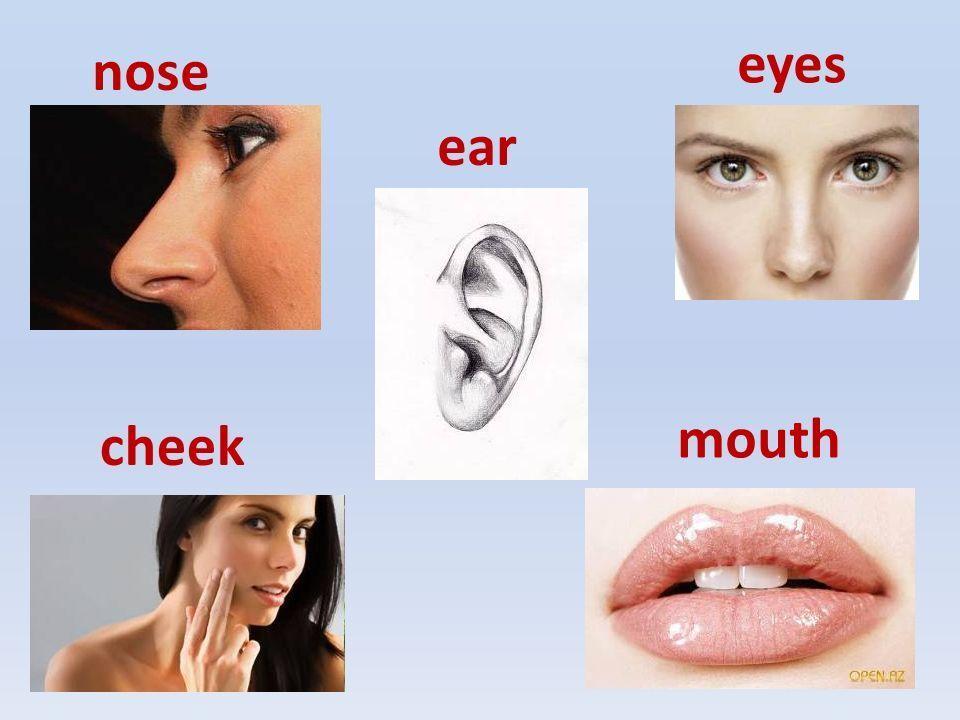
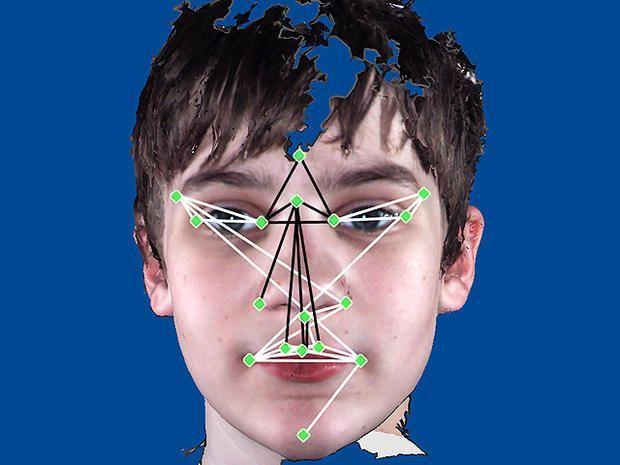
Original Research ARTICLE

Is it autism? Facial features that show disorder
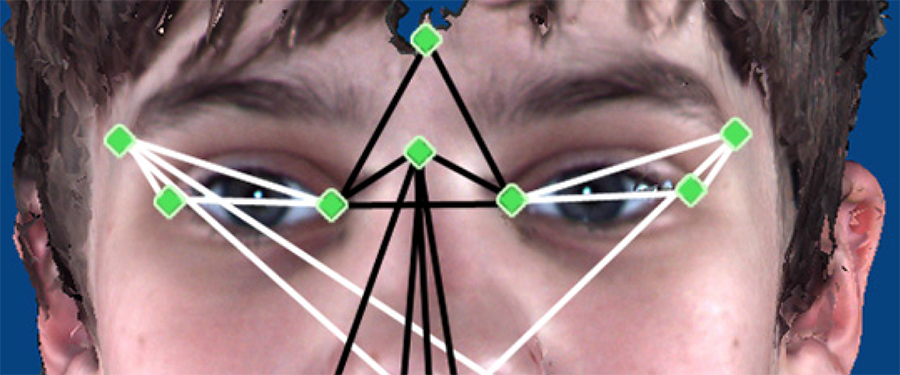
25 Oct The team, led by Professor Kristina Aldridge, found children with autism: Have a broader face, including wider eyes. Have a shorter middle region of the face, including the cheeks and nose. Have a wider mouth and philtrum - the area between the nose and lips. She said: 'There is no clear answer about.

Description:The groups consisted of: The ASD participants were matched to a group of eleven typically developing TD children 6 male for chronological age. In addition, the ASD participants were impaired at recognizing facial emotion, leading the authors to hypothesize that aberrant face scanning and poor emotion processing were related. In line with this, a number of eye-tracking studies have reported that, when viewing faces, children and adults with ASD spend less time looking at the eyes and more time looking at the mouth than typically developing individuals [30] — [36] , although some studies have not replicated this [37] — [40]. There was a strikingly high prevalence of one or more major morphological anomalies for example, open mouth appearance among children with ASD ASD:


































User Comments 1
Post a comment
Comment: